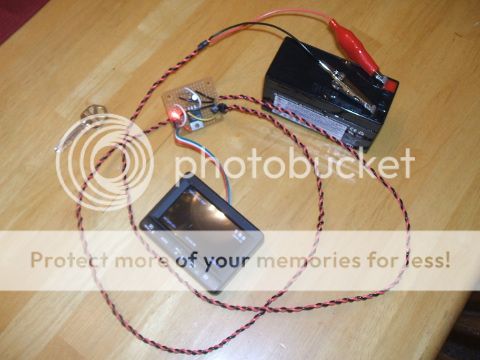Wirth's Law
Member
Normally, I have one of those dash camera systems in the car. In addition to drawing power off the car's 12V lighter port, the recorder contains a 3.7v 1100 mAh lithium ion battery.
I suspect our recent wave of hot weather damaged the battery, because a couple days ago I found the recorder indicating an error; and when I popped open the cover, I found the lithium battery swollen and feeling like it was maybe 42 to 48°C. Not good. And the recorder doesn't seem to want to do much of anything without a viable battery present. So until I come up with a replacement, I have a non-functioning recorder.
So my question is: is it feasible to remove the battery, and instead connect wire leads to a voltage regulator of 3.7 to 4.2 volts? I ask because I have no real information on the charge controller inside the recorder, or whether it will tolerate a connection to a "perpetually charged" load that never sinks any current. So you could say my real question is: could this cause any damage to the charge controller?
I suspect our recent wave of hot weather damaged the battery, because a couple days ago I found the recorder indicating an error; and when I popped open the cover, I found the lithium battery swollen and feeling like it was maybe 42 to 48°C. Not good. And the recorder doesn't seem to want to do much of anything without a viable battery present. So until I come up with a replacement, I have a non-functioning recorder.
So my question is: is it feasible to remove the battery, and instead connect wire leads to a voltage regulator of 3.7 to 4.2 volts? I ask because I have no real information on the charge controller inside the recorder, or whether it will tolerate a connection to a "perpetually charged" load that never sinks any current. So you could say my real question is: could this cause any damage to the charge controller?



